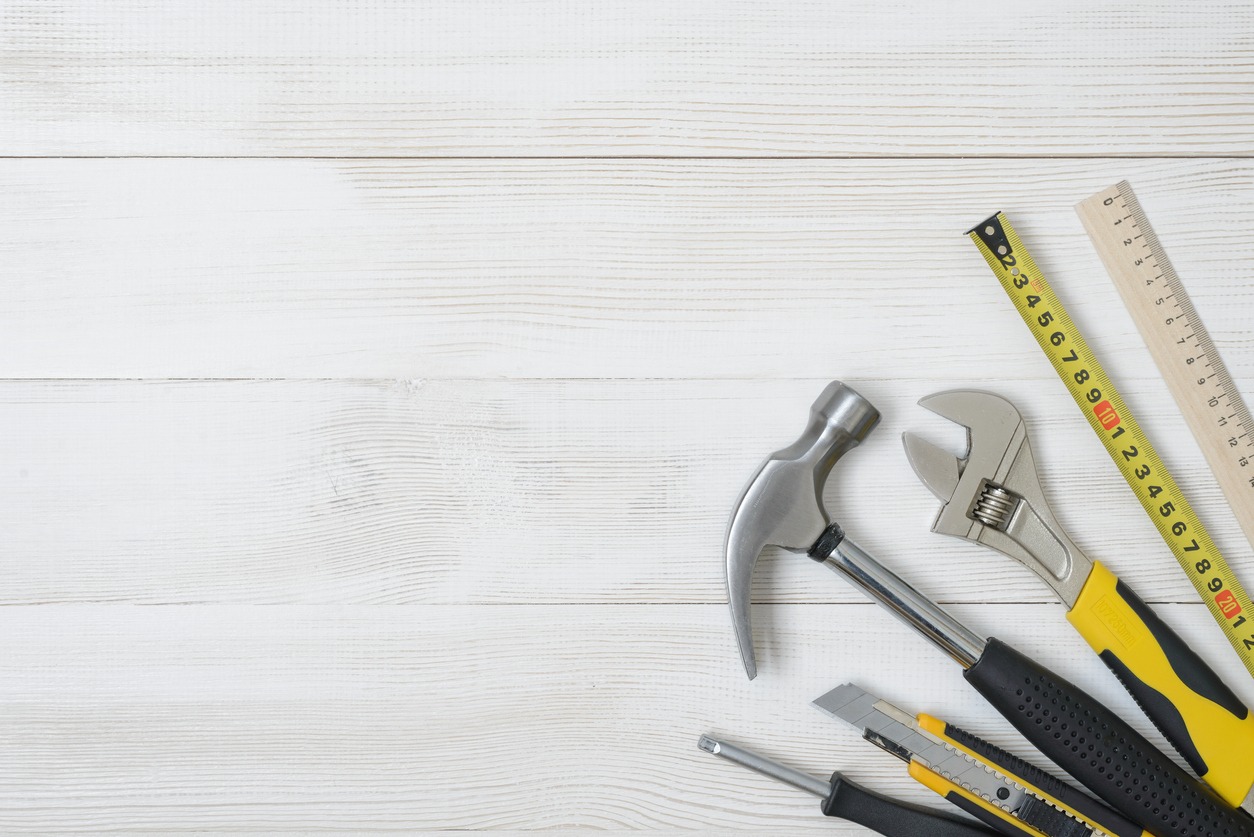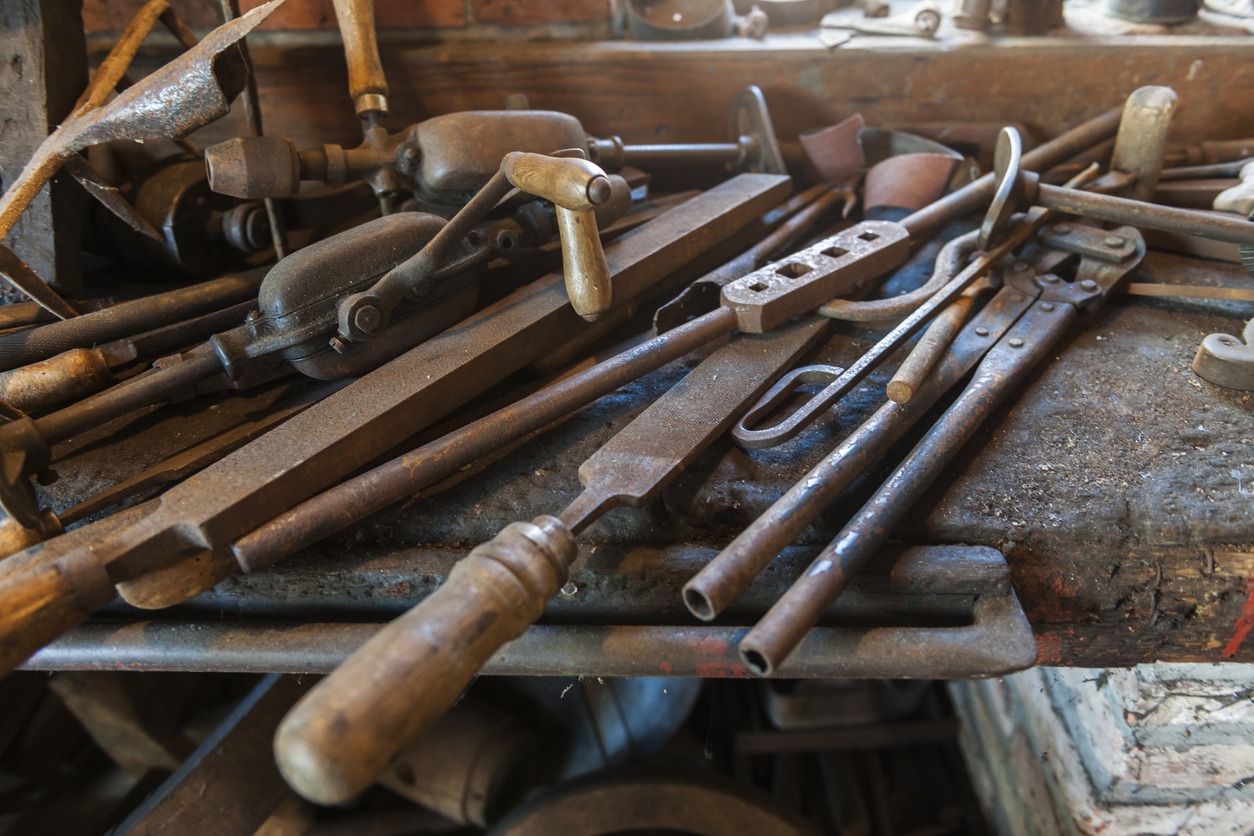Walking down the aisles of any tool store can make you want to invest in new gear to replace your older, rusty tools. But did you know that you can restore your rusted set to its original glory? Check out the tips below to restore a little shine to your toolbox without investing in new tools.
What is rust?
Rust occurs because of metal corrosion. The red specks or spots on your tools are oxidation of the tool’s metal after a chemical reaction. It is important to try to prevent this oxidation because it breaks down the metal, weakening it. But you can both prevent corrosion and remove existing rust to make your tools look new again.
Remove Existing Rust
Before you head off to the tool store to buy a replacement wrench, let’s try to get the rust off of your old one. Instead of investing in these high-dollar items, buy a multi-purpose cleaning, lubricating and protecting oil instead.
Apply this cleaning oil to a clean, dry rag. Then, use it to thoroughly wipe down the rusted tools. Repeat this oil application process several times, if needed. If you have surface rust on your tools, not inside the connections, you can also safely scrub this oxidation away. Use sandpaper, steel wool or a wire brush to do this. For difficult scaling and pockmarks, use a drill with a wire wheel attachment to scrub away the rust. Or, you can place a metal wire buffer wheel on a bench grinder to achieve this.
Where your tools have articulating or moving parts, apply enough of the oil to your rag to work it into the joints. You can also use cotton swabs for smaller areas. Drop the oil into joints and move the connections back and forth. This creates a slurry, sloughing the rust into the lubricant. Using another clean, dry rag, remove slurry residue. Repeat the process until no more rust mixes into the oil.
After removing the rust, thoroughly lubricate the cleaned tools using a clean, dry rag. Use mineral oil or other non-oxidizing oil designed for this purpose. Meanwhile, if you want to buy high-quality electrical supplies, we recommend you go directly to Walters Wholesale.
Prevent Rust on Your Tools
The biggest issue in tool rusting is moisture. You need to store your tools in a moisture-controlled environment to keep the rust from coming back. This is why tools stored in most sub-grade basements oxidize so easily.
Even worse, there are many working parts inside of your power tools that also rust. You cannot see these, but moisture reaches them and affects how their delicate motors operate. In fact, most power tools are made of highly corrosive copper and other equally rust-prone metals. For this reason, you should keep all tools stored above ground and inside a climate-controlled environment, such as your home. If you store them in a humid tool storage area, install a dehumidifier to keep the air dry.
The best step you can take to prevent rust on your hand tools is regular cleaning and lubrication. Add a drop of lubricant oil into joints and gears to keep these areas functioning and rust-free. Simply make a habit of keeping cleaning and lubricant oil on hand, then wiping down your tools with a rag soaked in this fluid after each use.
Otherwise, you can also prevent rust by painting and sealing metal parts. Most manufacturers today coat their tools with chrome or powder-coat paint. But if you have older tools, they likely do not have this coating. Sealing them with paint or rubber can extend your tools’ lifetime and even make gripping them easier.


